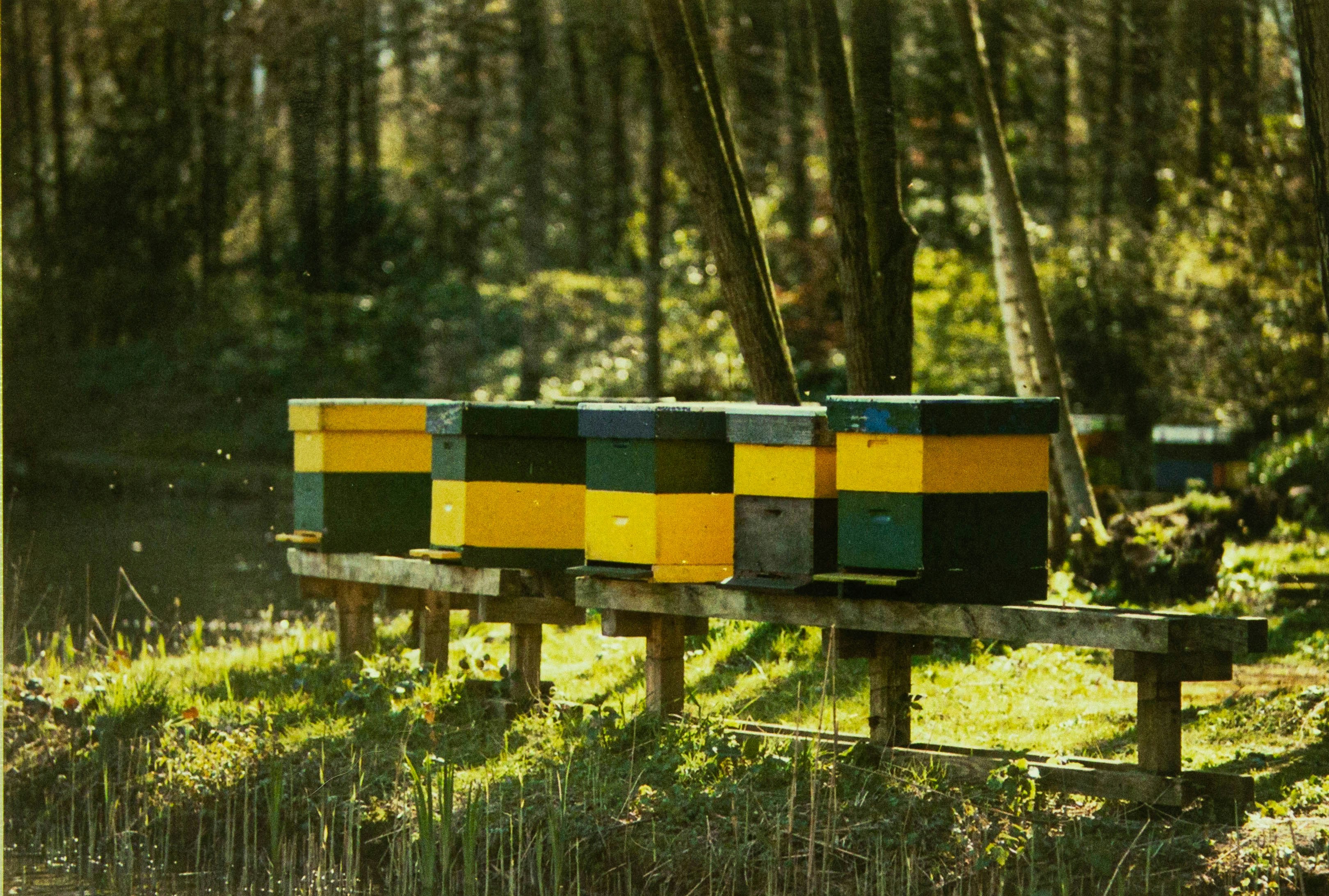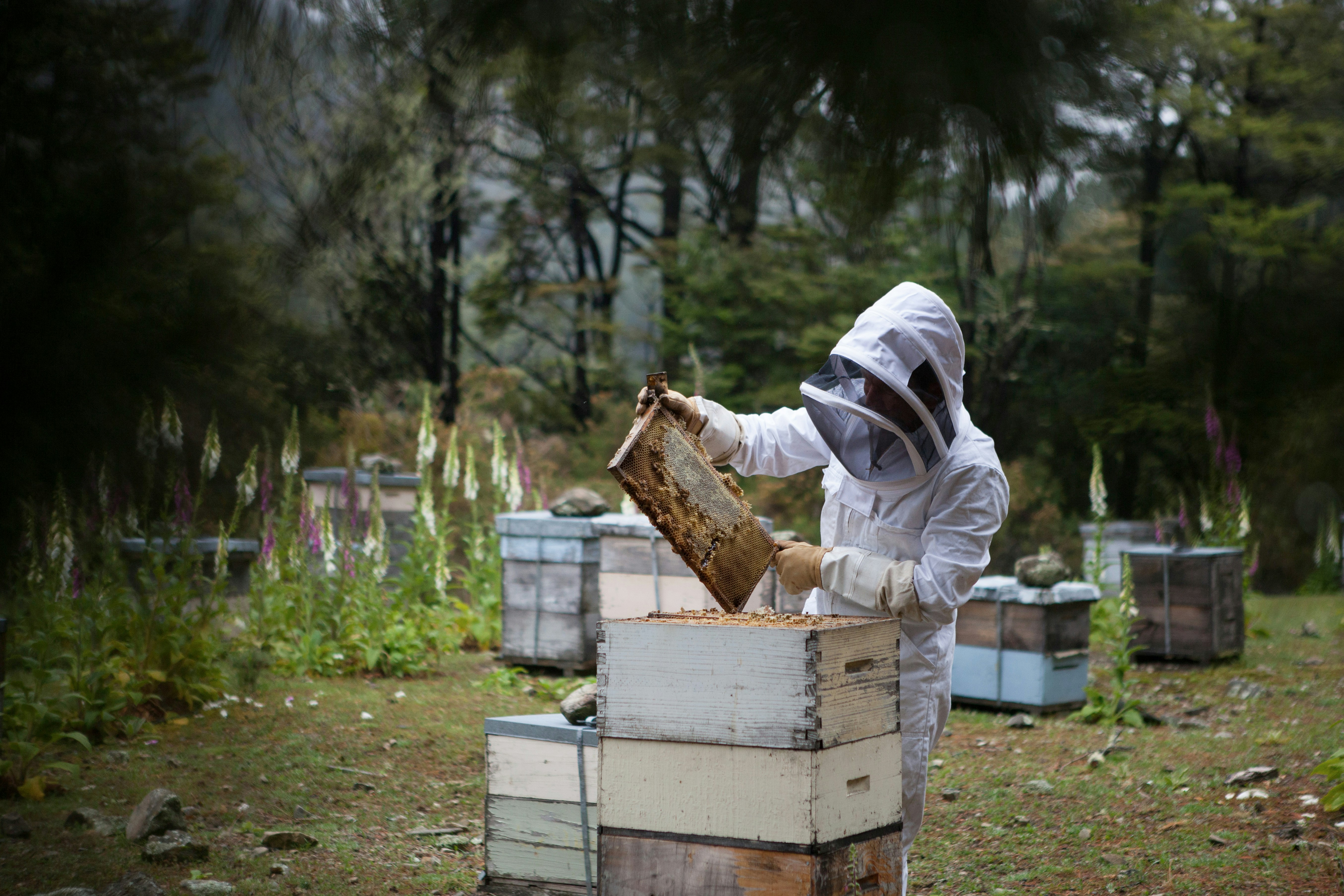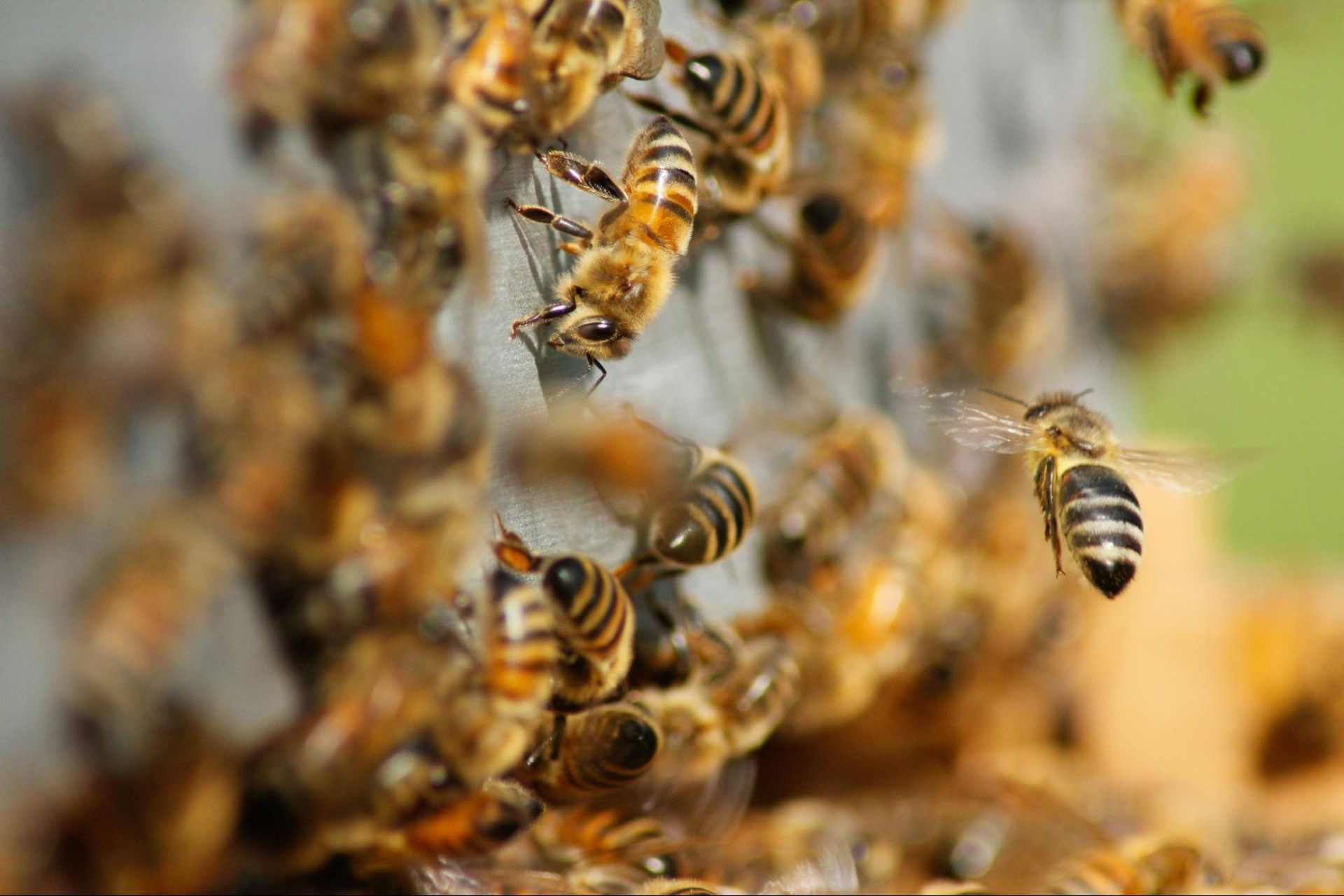Helpful Tips For First Time Commercial Beekeepers
Thanks to the increase in media and public attention, many people are realizing the need to do something about the declining bee population across the world. Bees are an integral part of many ecosystems, and if their populations continue to be decimated, it will negatively impact many other facets of life.
The public’s increased awareness of the importance of bees has resulted in a renewed interest in beekeeping. If you have been researching commercial beekeepers but haven’t taken the first step yet, you are in the right place!
We have put together this quick guide to help commercial beekeepers get their operations off of the ground in a timely and cost-effective manner. As you enter the world of beekeeping, remember these tips!
1. Conduct Thorough Research
Bees are really unique and complicated insects. Jumping into the beekeeping community without doing intensive research about the species is a recipe for disaster. Before you buy any bees, equipment, or gear, make sure that you research each type of bee. Also, understand what type of equipment you will need and the space required to adequately keep the bees.
Some types of bees are more equipped than others to handle certain climate conditions. The type of bee you select should be dependent on where you are in the world and the colony you want to have. Here is a quick rundown of two of the most common types of honey bees that people keep:
Italian Honey Bees
One of the most popular bees among commercial beekeepers is the Italian honey bee. They are great for beginners as they have high honey production, are typically gentle, and have long brood cycles. A downside to these honey bees is that they tend to wander from hive to hive during nectar dearth periods and can rob other colonies of their resources.
Carniolan Honey Bees
This honey bee breed reigns from parts of Europe and is an excellent choice for commercial beekeepers who face long winter months. Carniolans limit population growth in the fall, but boom in the springtime, which is great timing for the summer season. These bees are extremely docile, but overpopulation in the springtime can lead to swarming if not maintained properly.
There are other hybrid species out there, but these two are the common choice. Besides the type of bee, research the local beekeeping and wildlife regulations to ensure you’re following local apiary laws. Inform any neighbors or businesses nearby about your plans, just so the new beehives are not a surprise to them.
| Bee Prepared: Creating a checklist of necessary precautions and a daily hive check routine can help ensure you’re prepared for any beekeeping obstacles that come your way. |
2. Ask Yourself Some Key Questions
An apiary is another name for a bee farm. Most people think that to be a beekeeper, you have to have thousands of bees to maintain a colony. This is actually not true! Your apiary can be as large or as small as you choose. As a beginner, it may be better to start with a smaller hive and build your way up.
Whatever you decide to do, have a well-thought-out plan beforehand to best use the space you set aside for your colony. During this stage, you’re going to have to address some major questions regarding your beekeeping plans.
First, what is the main reason that you want to get into beekeeping? What may seem like a fun hobby is actually a huge time commitment that takes years of practice to perfect. During this time, it would be best to think about your long-term goals for beekeeping.
Do you want to make money selling honey-based products? Do you just want to help the environment? Is this going to be a big hobby? After you answer these questions, you will have a better idea of what type of equipment and how much money you’ll need to get a colony started.
Another question to ask yourself is, will you be doing this beekeeping journey alone or with partners? The answer to this should be in direct relation to your overall plans for the colony. If you plan to use the bees to make money, then you likely will need some additional help. Even hobbyists should ask others for help—managing a colony can be extremely difficult to do alone.
3. Develop Your Apiary Plan

What type of bee do you want to have for your colony? After choosing the species of honey bee, you need to figure out how many hives you want and how you want to keep them. If you’re using your apiary as a hobby, then one hive is a great place to start.
For beginners, buying a fully assembled hive is always a good idea. Building a hive box can be expensive and confusing for a newbie. Luckily, most beekeeping supply stores will give you the option between selecting a fully assembled box and one you build yourself.
To fill a hive, you’ll need at least 10,000 bees and a queen to start. Planning on producing honey to sell or using the bees for some other business venture? Purchase enough bees and multiple queens to start more than one hive. Using the 10,000 bees and one queen per hive is a good starting point.
Plan out the area around the apiary. The bees will need a variety of flowers and other nectar sources around the hives to maintain the health and population numbers of the colony. Learn more about the three top plants that help honey production.
4. Purchase the Necessary Equipment
The type, amount, and quality of the gear you need to start your apiary will depend on the goal of your colony. For commercial beekeeping, you’ll need to purchase a lot more equipment than a general hobbyist. The following are some of the most important gear to have on your beekeeping list:
Hive Boxes
The hive box will depend on the type of colony you run. No matter what size you decide, be sure to go with a wooden hive box over a plastic one. While more expensive, wooden boxes are more durable and have better moisture resistance.
Top Covers and Bottom Boards
Select covers that are compatible with the box you already have. When choosing a top cover, try to find a durable one with aluminum covering the top, as it will keep your colony safe from predators and weather conditions.
Honey Extraction Gear
Whether you plan to use the honey for yourself or sell it, it will be easier to extract using specific tools. Honey storage compartments, honey removal aids, and wax maintenance tools can all be used to maximize the yield that your colony produces.
Safety Equipment
Even though honey bees are docile in nature, they can grow agitated when being moved around, especially by a novice beekeeper. Wear vented beekeeping suits and veils to keep bees off of you and out of your clothes.
| Safety Reminder: Safety gear isn’t just for you, it provides minimal disturbance to the bees too. Remember, a calm bee is less likely to sting! |
5. Financing Your Beekeeping Venture

For many, starting a commercial beekeeping venture will need some outside funding to get started. The equipment is likely too expensive for you to front completely on your own. If you have some savings but just need a bit of extra cash, you could take it to your family and friends for a loan.
Just remember, borrowing money from a personal friend can go sour quickly if the loan agreement is not completely fleshed out. Draw up a legit loan document, so you and your lender are on the same page regarding payback terms.
If you don’t want to deplete your savings account and borrowing from a friend isn’t an option, a personal loan could be the route for you. Personal loans can be used for both personal and commercial projects. If you do decide to have one, understand the differences between different personal loans ahead of time to ensure that you get the funding you need.
Even if you plan to use the apiary for business purposes, you will likely need a personal loan over a commercial loan to get the business started. Commercial lenders do not give out business funds to brand-new businesses.
6. Establish Your Apiary’s Name and Branding
Turning your beekeeping hobby into a profitable venture starts with a memorable name and brand identity for your apiary. These key elements influence your brand image and boost local recognition.
Selecting a business name can be an intriguing yet challenging part of the process. Aim for a unique name that’s easy to recall and embodies your brand’s values. If you’re uncertain, a brand name generator can be a useful tool for inspiration.
Upon settling on a name, consider creating a tailored logo that encapsulates your brand’s essence. If you lack the required graphic design skills, hire a professional who can bring your vision to life.
Once your distinctive name and logo are in place, reinforce your brand identity with promotional items such as branded hats, gear, or stickers. These will serve as marketing tools and a visible manifestation of your apiary’s unique identity.
7. Make the Business Legitimate (Optional)
Formalizing your business structure can be a complex task. The process requires a clear understanding of various business structures and tools significant for launching your venture.
Firstly, you need to determine the legal structure of your business. Each business structure holds its unique set of advantages and challenges. For commercial beekeepers, two commonly adopted structures are limited liability corporations (LLCs) and sole proprietorships, each carrying different regulations.
The choice depends on your business goals. For instance, if you plan to expand your operations in the future, an LLC or a corporation might be more suitable. On the contrary, if you wish to keep things simple and maintain complete control, a sole proprietorship might be just what you need.
For a more detailed comparison of the business structures, check out the table below.
| Business Structure | Liability | Management | Beekeeping Suitability |
| Sole Proprietorship | Unlimited personal liability | Owner-controlled | Ideal for small-scale, low-risk beekeeping |
| Partnership | Shared liability | Partnership agreement managed | Ideal for partners sharing duties and profits |
| LLC | Protected from personal liability | Member or manager-controlled | Ideal for liability protection and profit flexibility |
| Corporation | Shareholders not personally liable | Board of directors and officers | Ideal for large-scale beekeeping |
Regardless of the structure you choose, consider setting up a separate bank account. This early division of personal and business finances will facilitate effective business management in the long run.
Conclusion

This guide serves as an introduction to starting an apiary. Over time, commercial beekeepers will have their own set of preferences and priorities when it comes to maintaining their colony.
As you enter the world of commercial beekeeping, know that it can be a stressful and time-consuming process, but the result is going to be worth it. Beekeeping is a constant learning process, and the fascinating world of bees will continually offer new insights and discoveries. It’s a challenging endeavor but one that offers great satisfaction.

